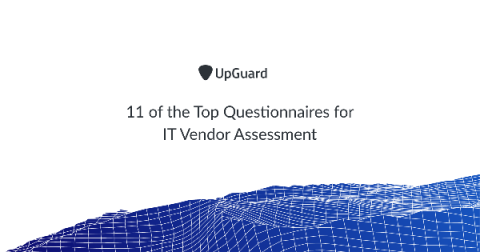How is COBIT Related to Risk Management?
First released in 1996, Control Objectives for Information and Related Technology (COBIT) is a framework developed by the Information Systems Audit and Control Association (ISACA) that can help you create and implement strategies around IT management and IT governance. The COBIT management framework helps you deal with the risks to enterprise IT and the impacts those risks can have on your company, business processes, and IT systems.






